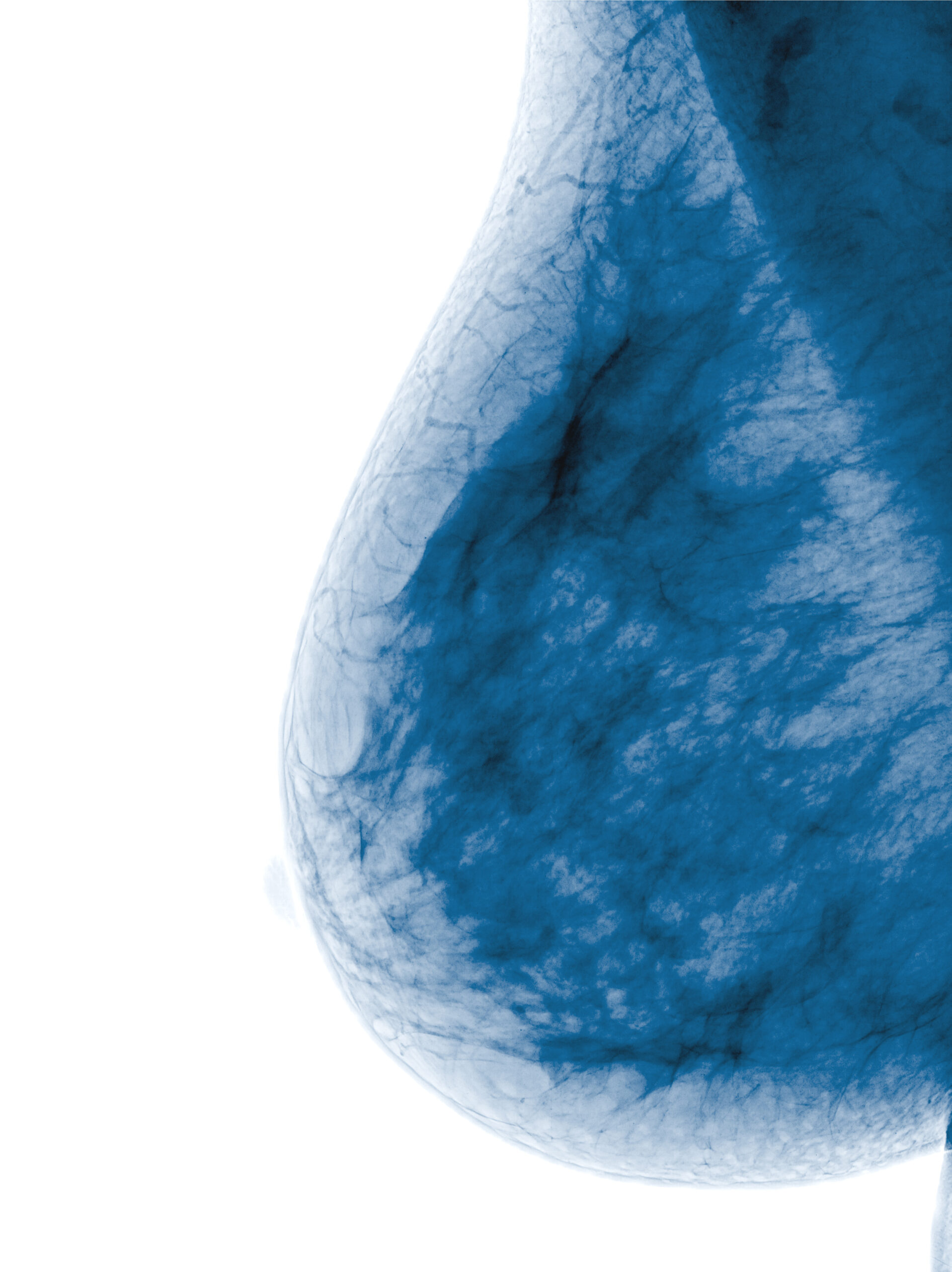Digital Mammography with QA / QC Continuing Education Course
Credits
Cost
Reviews
Why RadComm
Credits
 This self-directed course is worth 8 Category A continuing education credits. RadComm Courses are Approved by the AHRA and Recognized by the ARRT.
This self-directed course is worth 8 Category A continuing education credits. RadComm Courses are Approved by the AHRA and Recognized by the ARRT.
Cost
 The Course Costs $97.00 USD for a full year of access. All RadComm courses are backed by a full money-back guarantee.
The Course Costs $97.00 USD for a full year of access. All RadComm courses are backed by a full money-back guarantee.
Reviews
[woocommerce_reviews_avgstars]
[woocommerce_reviews_avgtext]
[woocommerce_reviews_number]
Why RadComm
RadComm courses are designed for busy techs just like you. Each self guided course is:
- Approved: by an MQSA RCEEM recognized by the ARRT & all 50 states.
- On-Demand: Immediate access after enrollment; Study at your own pace.
- Informative: Designed by leading breast educators to improve your patient care & breast health knowledge.


 The course begins with an overview of mammography equipment going as far back as the 1960s. Essential steps to producing a quality mammogram image are reviewed as are instrumentation, mammography tubes, mammographic target materials, Bremsstrahlung interactions, photoelectric interactions, anode angles, and anode heel effect.
The course begins with an overview of mammography equipment going as far back as the 1960s. Essential steps to producing a quality mammogram image are reviewed as are instrumentation, mammography tubes, mammographic target materials, Bremsstrahlung interactions, photoelectric interactions, anode angles, and anode heel effect.

